#Roman art
Text
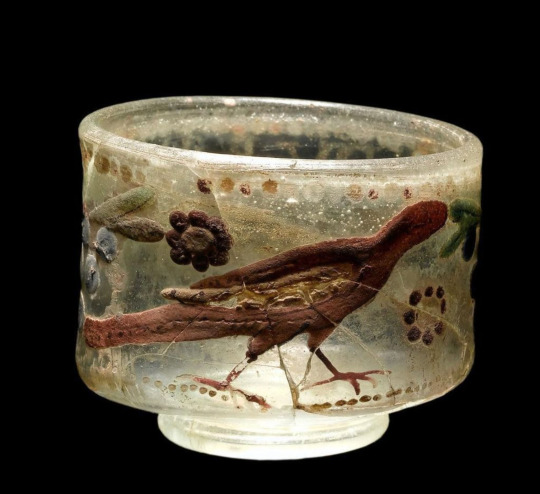
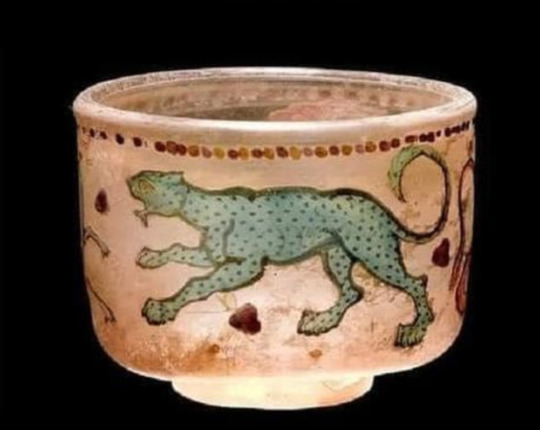
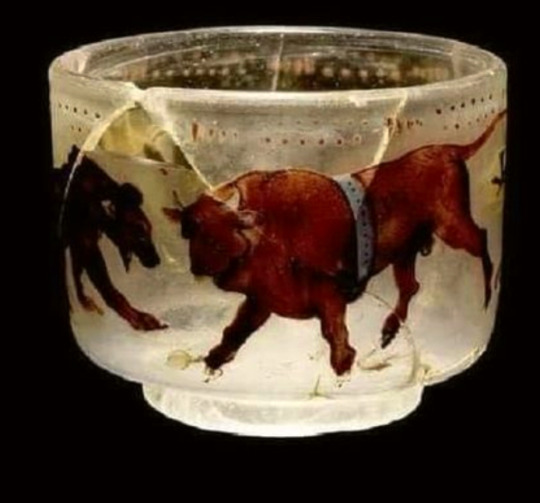
Roman Glass Cups (3rd Century AD)
589 notes
·
View notes
Text

2 silver cups, part of the so-called Boscoreale treasure, buried by the eruption of Mt. Vesuvius.
#roman empire#ancient rome#pompeii#ancient history#ancient culture#ancient art#roman art#ancient roman art
4K notes
·
View notes
Text

Mummy portrait (wax encaustic on sycamore wood) of a girl, from the Fayum region of Egypt. Artist unknown; ca. 120-150 CE (reign of Hadrian or Antoninus Pius). Now in the Liebieghaus, Frankfurt am Main, Germany. Photo credit: Carole Raddato.
#history#ancient history#Ancient Egypt#Roman Empire#Roman Egypt#art#art history#ancient art#Roman art#Egyptian art#Romano-Egyptian art#mummy portrait#encaustic painting#Liebieghaus
2K notes
·
View notes
Text



Roman Glass Bowl
1st century B.C.
The J. Paul Getty Museum.
#Roman Glass Bowl#1st century B.C.#glass#ancient glass#ancient artifacts#archeology#archeolgst#history#history news#ancient history#ancient culture#ancient civilizations#ancient rome#roman history#roman empire#roman art#blue
2K notes
·
View notes
Text
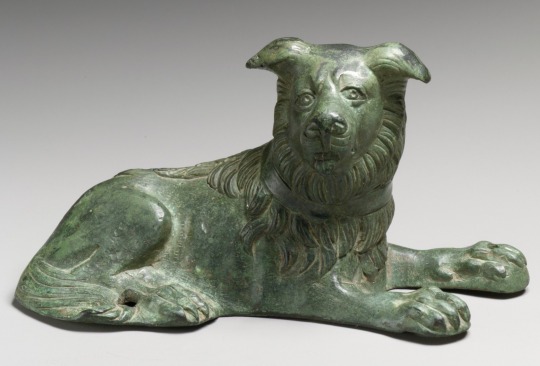
Bronze statuette of a dog
Roman
2nd-3rd century CE
#roman art#dogs#bronze#bronze statue#animals in art#ancient art#ancient people#ancient statue#statue aesthetic#aesthetic#beauty#ancient artifacts#artifacts#antiquities#beautiful animals#dogs of tumblr#cute dogs#modern art#art history#aesthetictumblr#tumblraesthetic#tumblrpic#tumblrpictures#tumblr art#tumblrstyle#artists on tumblr
1K notes
·
View notes
Text
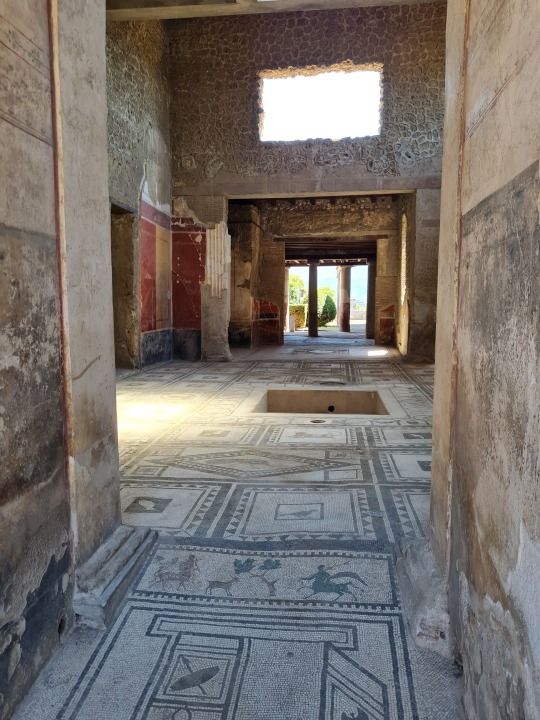


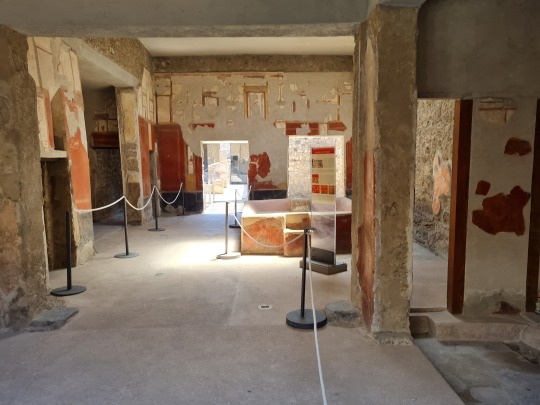
The ancient city of Pompeii, Italy
On the first photo is the house of Paquius Proculus.
On the last photo is the fullonica of Stephanus, a laundry worker who used the house as his workshop.
#pompeii#ancient rome#mosaics#roman art#roman history#ancient#ancient history#antiquity#archaeology#ancientmonuments#vesuvius#ancient art#history#architecture#culture#art#art history#travel#travel photography#traveling#photography#photographers on tumblr#explore#wanderlust#italy#italia#italytravel
435 notes
·
View notes
Text

Menelaus Carrying the Body of Patroclus or Ajax Carrying the Body of Achilles, 1st century AD, Roman copy after a Hellenestic bronze (ca. 200-150 BC), with modern restorations, marble, Loggia dei Lanzi, Florence.
#sculpture#art history#patroclus#achilles#menelaus#ajax#mythology#greek mythology#greek art#ancient greece#roman art#marble#florence
1K notes
·
View notes
Text
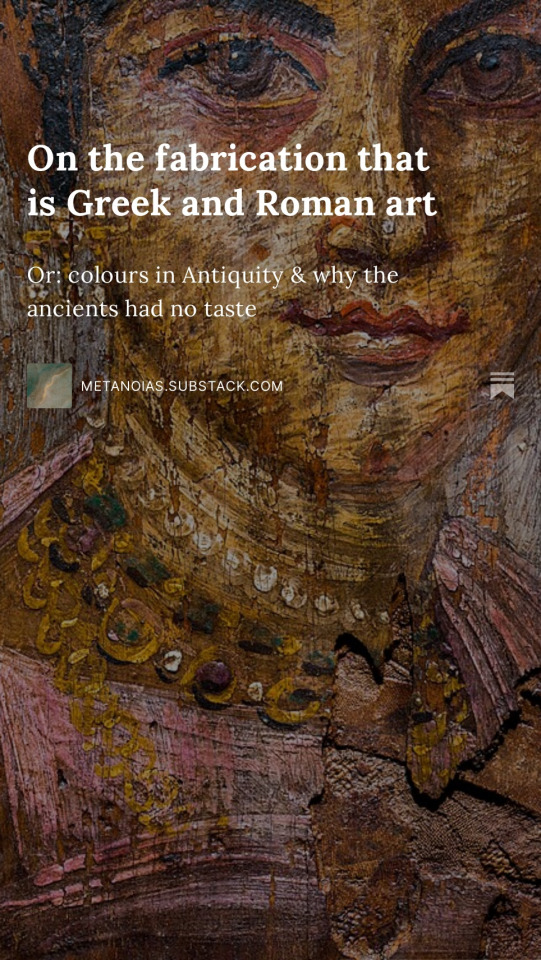
When you think of ancient Greece or the Roman Empire, visions of white togas, ivory temples and sand-coloured amphitheatres likely come to mind.
If so, you might be in for a surprise.
Because this off-white and eggshell-dominated palette, which inspired the pristine surfaces of Renaissance sculptures and the blank facades of Neoclassical buildings, is… a lie.
We now know the ancient world was steeped in colour. It was, perhaps, a tad too colourful for our modern sensibilities — even borderline garish at times.
Click here to learn why generations of scholars and artists believed in a monochrome Classical Antiquity and see historically accurate reconstructions of ancient statues and buildings in all their glorious peacockery.
#art#ancient art#ancient greece#ancient rome#ancient history#ancientmonuments#ancient cities#ancient civilizations#ancient sculpture#roman empire#roman art#art history#history#archeology#archaeology#colors#colours#colour#italy#greece#greek mythology#roman mythology#ancient greek#rome#rome italy#histoire#historic
705 notes
·
View notes
Photo
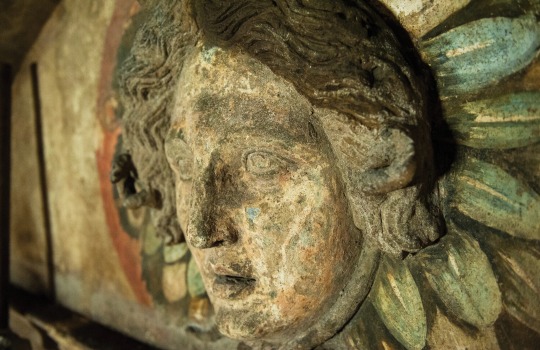


Medusa from Ipogeo dei Cristalli, naples, IT
4K notes
·
View notes
Text

Head from a bronze statue of the Roman emperor Alexander Severus (222-235 AD) from Ryakia, Archaeologica Museum, Dion
369 notes
·
View notes
Text
villa of livia's garden room fresco, from palazzo massimo

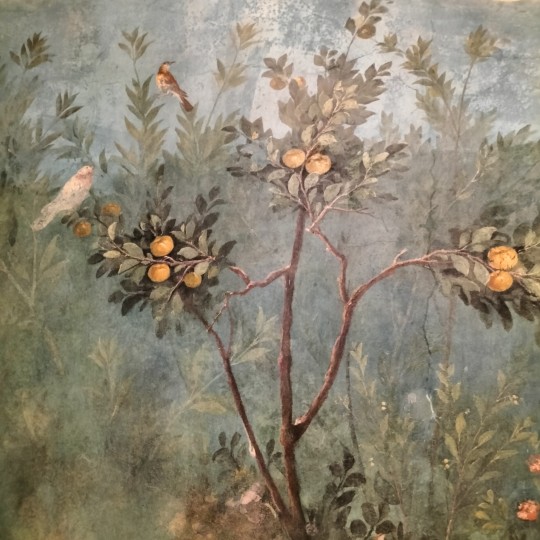
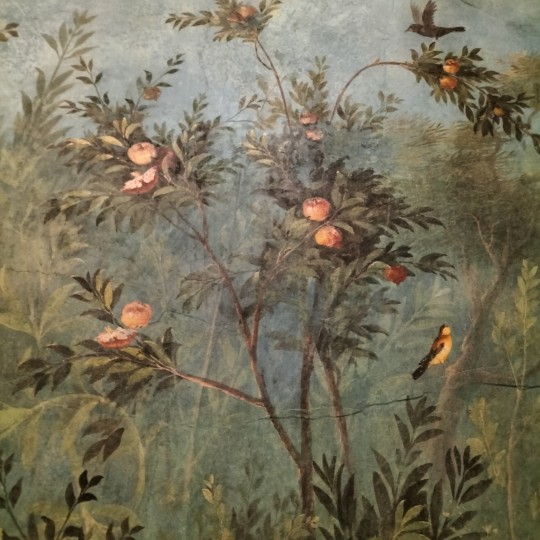


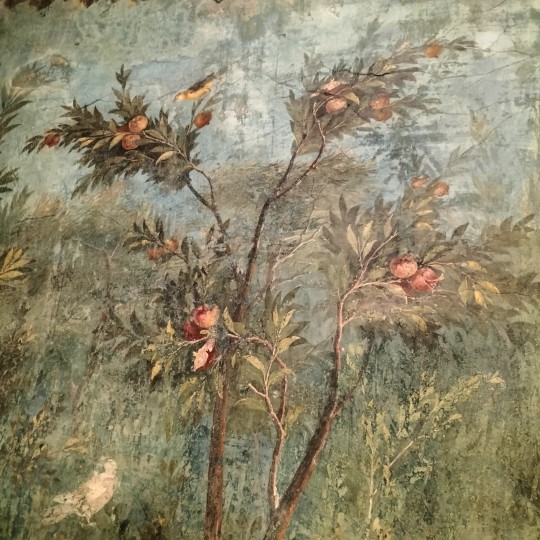
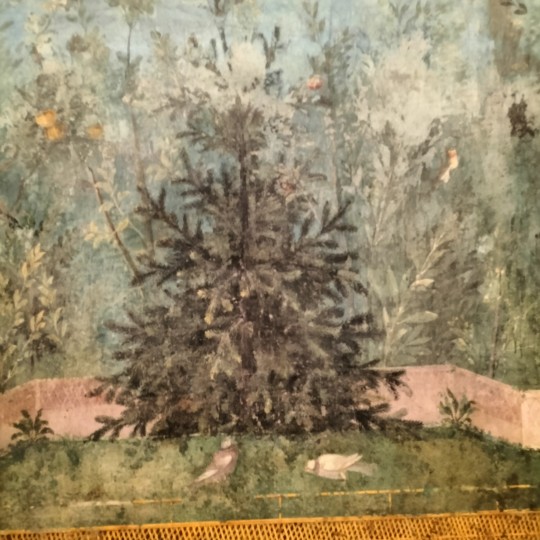

known as ad gallinas albas (of the white hen) because of pliny the elder's tale in his naturalis historia, recounting the myth of livia, newly bethroted to octavian augustus, having a white hen holding a laurel branch in its beak dropped into her lap by an eagle, interpreted as an omen of good fortune.
full view on tiktok
#archaeoblr#archaeology#roman archaeology#roman art#ancient rome#roman history#roman fresco#ancient art#villa of livia#villa di livia#octavian augustus#rome#roma#palazzo massimo#museum#roman museum#paiawon.txt#art history#historyblr#artblr#when in rome#studyblr#tagamemnon
821 notes
·
View notes
Text

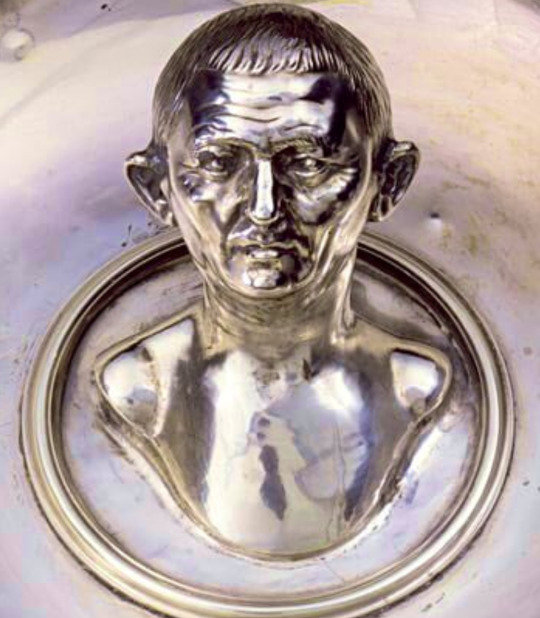
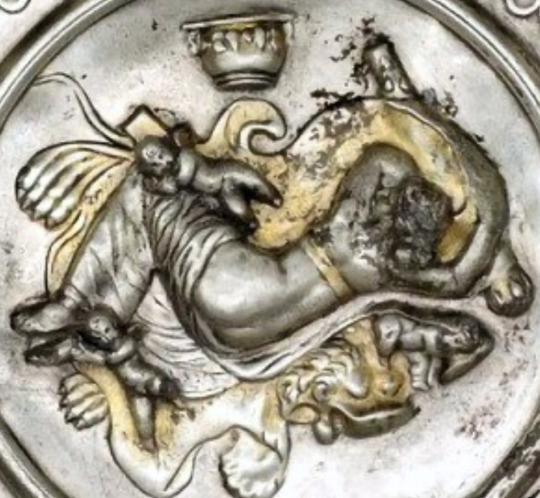



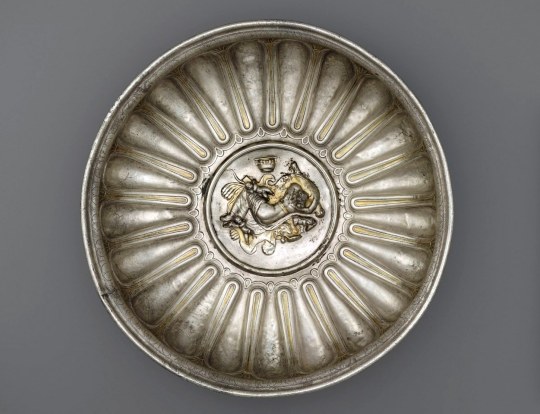

Roman gilt silver bowls with impressive reliefs (1st century AD)
I love how in ancient Rome anything, even a bowl, was a work of art
48 notes
·
View notes
Text




Victoria Road Roman Pavement from Corinium Museum, Cirencester.
Part of a much larger pavement; twelve octagonal panels would have existed but only three survive today.
#romans#roman empire#roman britain#roman mosaic#mosaic#roman#roman culture#roman society#roman living#Corinium#Cirencester#roman art#roman crafts#ancient cultures#ancient living#archaeology#relics
177 notes
·
View notes
Text

Mosaic of sea creatures (the so-called "Fish Catalog") from the House of the Geometric Mosaics (VIII.2.16) at Pompeii. Artist unknown; ca. 100 BCE. Now in the Museo Archeologico Nazionale, Naples. Photo credit: Massimo Finizio.
#classics#tagamemnon#Ancient Rome#Pompeii#art#art history#ancient art#Roman art#Ancient Roman art#mosaic#sea creatures#NAM Naples
2K notes
·
View notes
Text
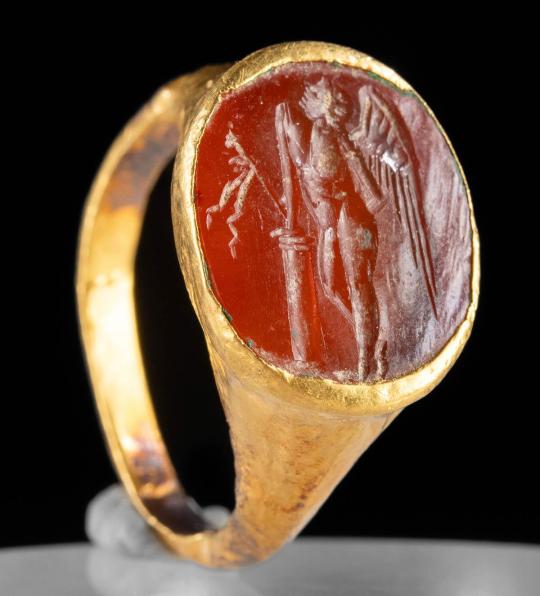
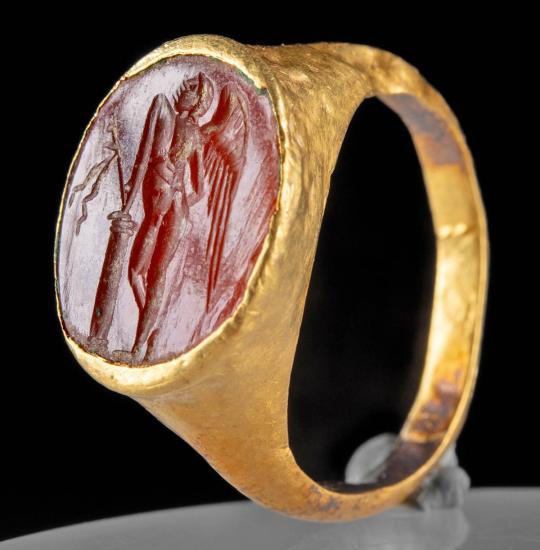
Roman Gold Ring w/ Carnelian Intaglio, Leaning Cupid
Imperial period, ca. 1st to 3rd century CE
#Roman Gold Ring#Imperial period#ca. 1st to 3rd century CE#gold#gold jewelry#ancient jewelry#ancient artifacts#archeology#archeolgst#history#history news#ancient history#ancient culture#ancient civilizations#ancient rome#roman history#roman empire#roman art
627 notes
·
View notes
Text

Mosaic from Stabiae Villa San Marco in glass tesserae depicting a statue of a gloved boxer on a pedestal wearing a wreath, 1st century AD, Naples National Archaeological Museum
788 notes
·
View notes